More than Just Skill and Navigation
At All Winds Adventures, seamanship isn’t just about knowing how to handle a boat. It’s about awareness, respect, and community — the mindset that connects everyone who sets foot on the water.
Whether you sail, windsurf, wingfoil, or SUP, good seamanship is what keeps us all safe and makes the experience more enjoyable. It’s the invisible thread that ties together skill, intuition, and responsibility — for yourself, your crew, and others around you.
The True Meaning of Seamanship
Dictionary.com defines Seamanship as “knowledge and skill pertaining to the operation, navigation, management, safety, and maintenance of a ship.”
But that definition barely scratches the surface. Real seamanship goes far beyond technical ability. It’s the quiet confidence that comes from experience, the readiness to adapt when things don’t go to plan, and the instinct to look up and notice what’s happening around you.
When we’re on the water, things can change quickly — wind shifts, gear failures, or an unexpected squall. Seamanship means staying calm, observing, and acting in a way that keeps everyone safe.
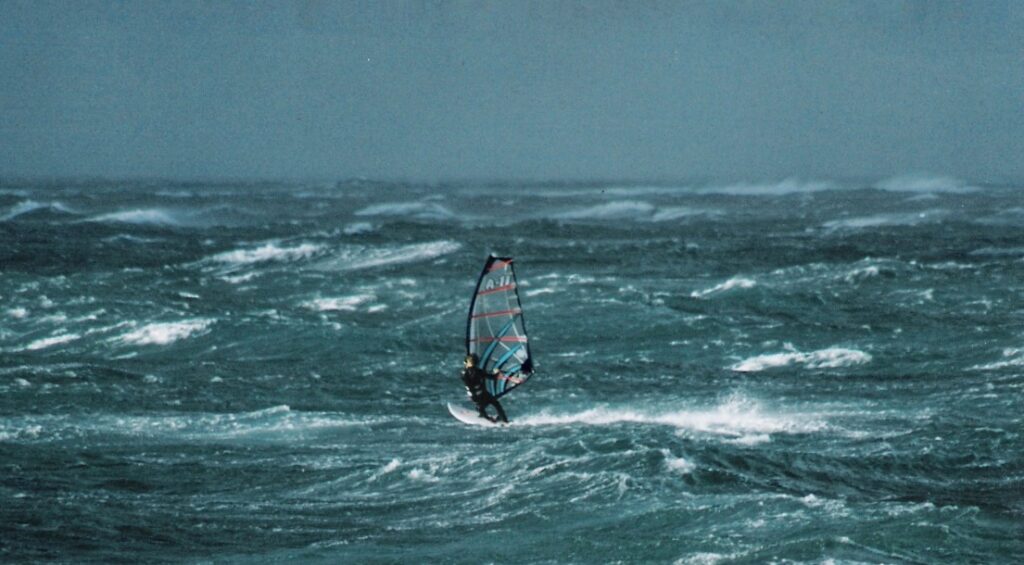
Observation: The Core of Good Seamanship
Good seamanship begins with awareness – of your boat, the weather, and the people around you.
It’s about asking:
- What could go wrong?
- What can I do to prevent it?
- Who around me might need a hand?
You can spot good sailors and windsurfers by how often they look around. They’re tuned in — scanning the wind, waves, and other craft. If something doesn’t look right, they go and check. Because next time, it might be them who needs help.
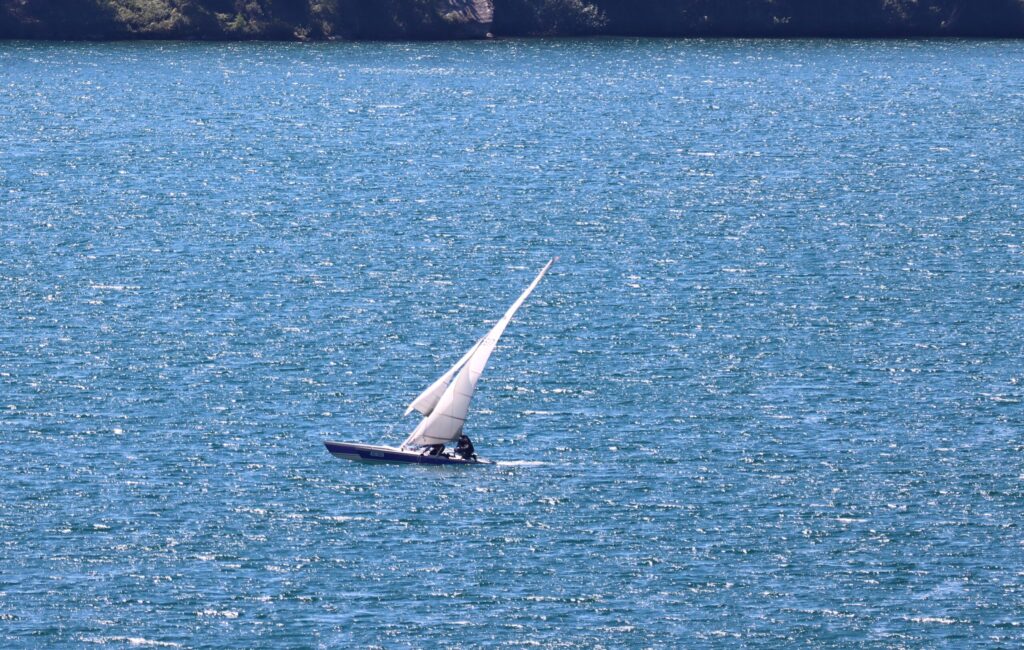
“Good seamanship starts with observation — both of your own craft and of others on the water.”
Learning Through Experience
No one is born knowing how to reef in 30 knots or dock stern-to in crosswind. Seamanship grows from experience — and from learning alongside others who’ve been there before.
From the first day you hoist a sail or step on a windsurf board, every moment on the water adds to your personal “toolbox” of knowledge.
Over the years I’ve been on both sides of this equation, where I’ve been able to stretch my wings in challenging conditions under the watchful eye of more experienced sailors/windsurfers/boat handlers and in turn, as I got more experienced, I’ve also been in a position to help others who might, from time to time, need it. For me, this is a self-explanatory part of seamanship and something that ultimately connects everyone who goes on the water.
Peer Rescue: What Mountain Craft Can Teach Us About Seamanship
In mountain sports, there’s a concept called “Kameradenrettung” — peer rescue. Ski tourers train to rescue their partners after an avalanche, because survival depends on quick action from those nearby.
The same principle applies on the water. The Royal Yachting Association (RYA) teaches that every capsized boat should be attended within three minutes — because that’s how long an unconscious person can be underwater before brain damage occurs.
In the UK and Ireland, safety boat crews train regularly for this. But in many places, we rely on each other — sailors, windsurfers, kitesurfers, SUPers — to look out for one another.
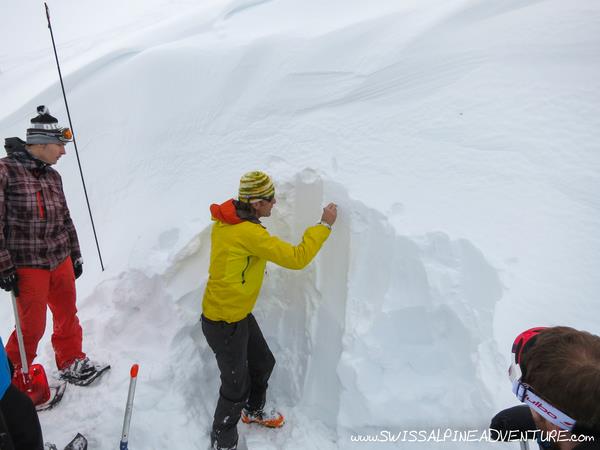
The Reality: A Growing Need for Awareness
Sadly, I’ve noticed fewer people stopping to help others on the water in recent years.
One moment that sticks with me was on the Urnersee in Switzerland. A windsurfer’s sail had detached from her board, and she was struggling to hold everything together mid-lake. Dozens of others sailed past without stopping. When I finally reached her, I helped reconnect her gear so she could continue her session — but I couldn’t believe that no one else had checked in.
Watersports are more fun — and far safer — when we look out for each other. Whether you’re sailing in a flotilla or windsurfing alone, strength in numbers and awareness of others is key to safe adventure.
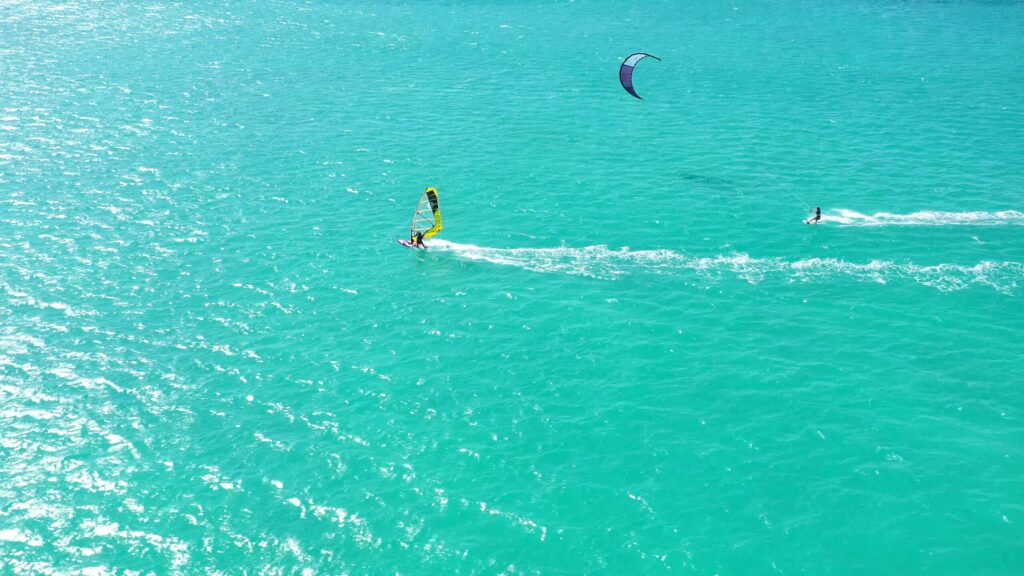
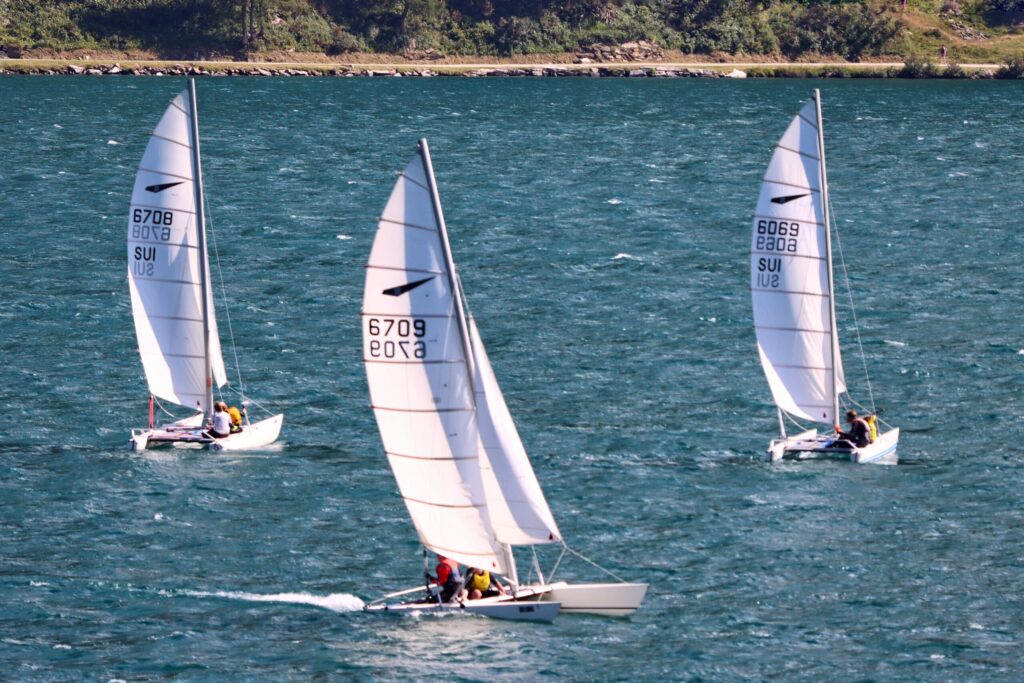
Building a Better Water Culture
We can all help foster a culture of seamanship — one where everyone on the water keeps an eye out for others.
If something doesn’t look quite right, take a moment to check. A small gesture can make a huge difference.
And the next time you’re the one who needs a hand, you’ll be glad that this spirit of seamanship lives on.
Seamanship is about skill, yes – but more importantly, it’s about connection and care
On the water, we are all in the same boat
–
Let’s pull together and make a good crew!
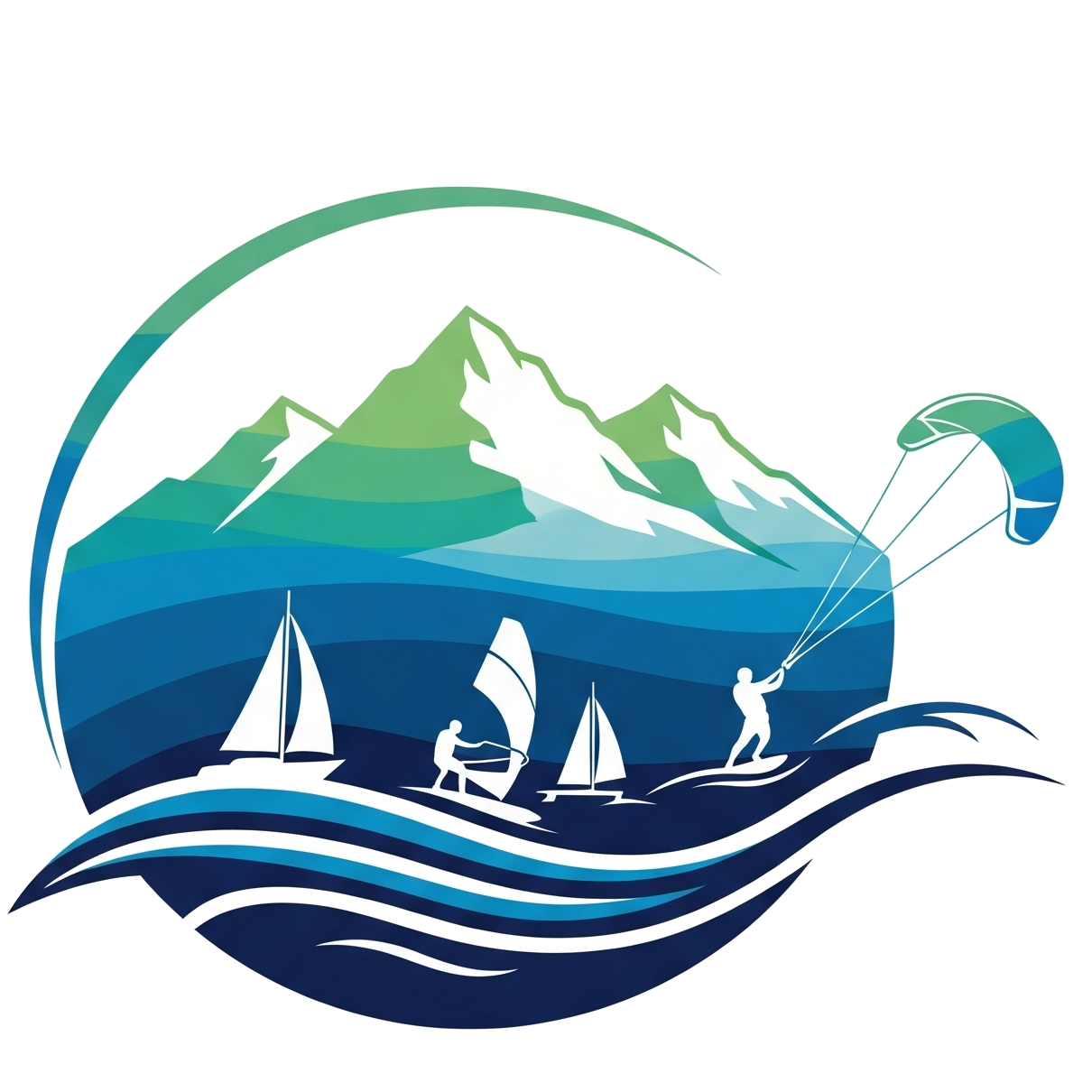
No responses yet